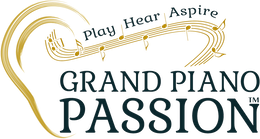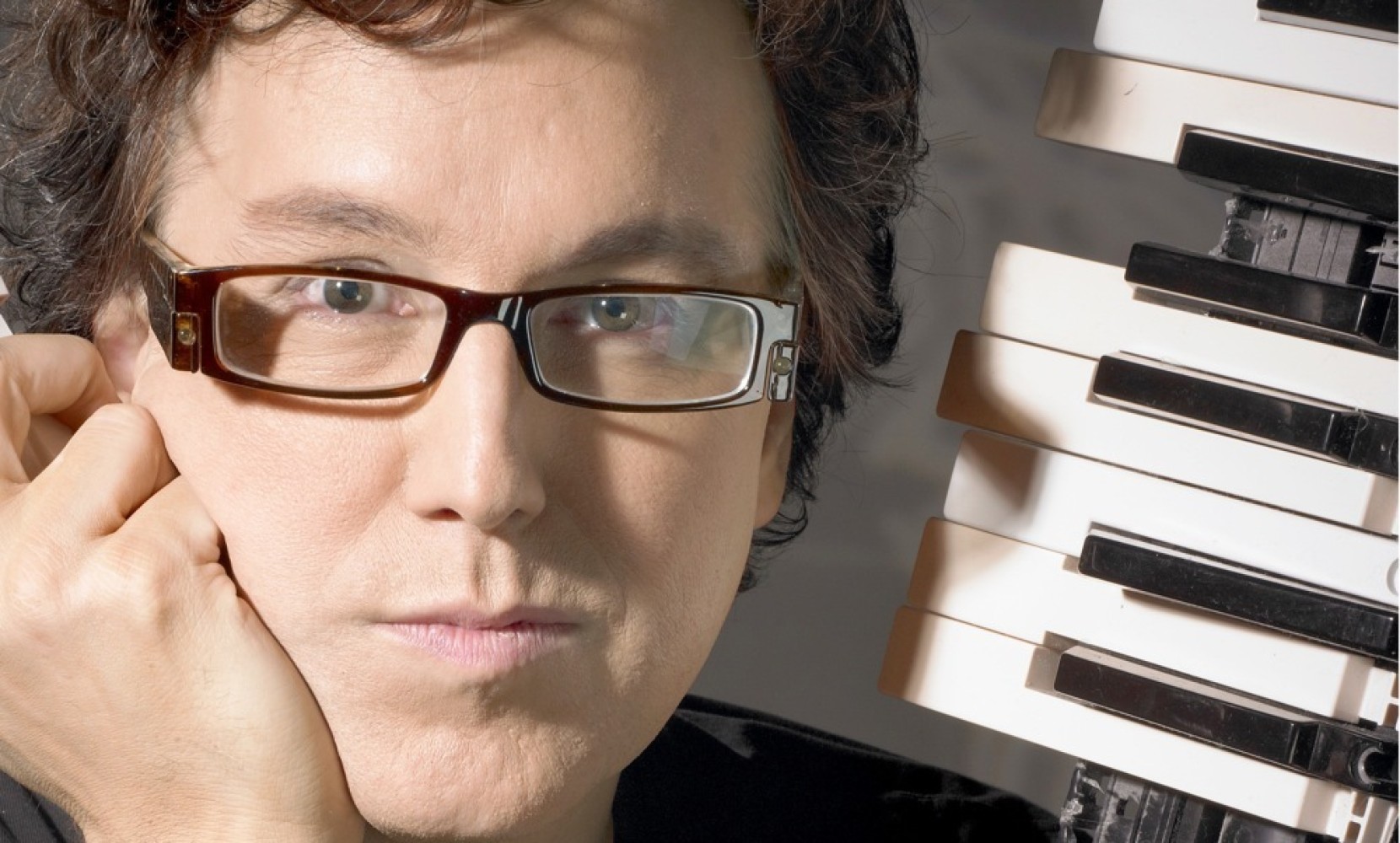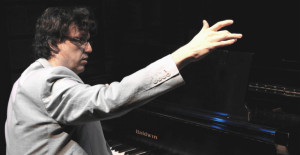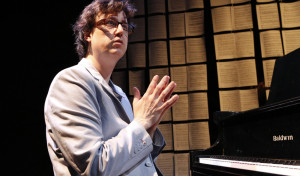I want you to add a new element to your piano practice: that of practicing to listen. Listening starts by thinking beyond your fingers and the notes on the page. When you truly listen, you comprehend music as a vibrant, almost spiritual thing that exists all around you and that you can create at will.
As a kid, I hated piano practice. But I loved to make music. For Halloween, I’d press down the sustain pedal and bang out 12 low notes like the chime of a grand, ominous clock. For Christmas, I’d tap a cluster of the highest white keys to make the ring of jingle bells. And on dark nights, I’d turn off all the lights except for the piano light—using it like a spotlight—and pretend to be a conductor. I’d conduct my piano “orchestra” by doing a full-piano glissando from the bottom key to the top one, holding down the pedal and letting the resulting glorious sound wash over me.
Over the years, as I transitioned from an amateur pianist to professional composer—writing for and working with singers, dancers, instrumentalists, and more—I learned that, instinctively, these childhood piano adventures were training me to listen. Scientifically, my glissando wash of sound triggered over a hundred separate strings to vibrate simultaneously, each generating its own sound wave from a distinct location—amplified by the sounding board—and blending together in my ear. In essence… my piano “practice” sounded really cool.
Unlike recorded music, where you are limited to two speakers or two earphones, the piano places over 200 different sound-producing objects (e.g., strings) under your control. This is why listening to acoustic sounds can sometimes be clearer than amplified sound: a recording takes all those individual sound waves and merges them into two complex waves (left and right) that simulate a stereo field. But with a piano, particularly when you are sitting on the bench, you’re in the center of a natural acoustic stereo field, and all those individual sound waves are still fresh and distinct. You can use this situation to your advantage, mentally and scientifically, in order to better understand your piano music.
Why bother? Because comprehending the nuances of music requires discrimination. Just like understanding speech requires delineating between consonants and vowels and having the ability to tell which person is talking in a group, fully performing and enjoying music requires discriminating individual notes in a chord, bringing out the melody, and separating out contrapuntal movement in your mind.
Luckily the piano makes it easier to hear than most other instruments. First, proximity: you can be intimately close with the piano without being inside of it—giving you a clearer perspective of your music than a singer or violinist who must tune out the vibrations in their heads in order to hear their instrument accurately. Second, volume: the piano has an impressive dynamic range, louder than speech, yet always under your control, enabling you to always play at a comfortable (yet audible) volume level. Third, by moving your head, you can control what sounds you want to focus on and where they will lie in the stereo field.
In your piano practice, practice listening by removing the music scores for a while. Put the music stand down. Gaze at the strings and consider them as your own personal orchestra while building a mental map in your mind: the violins and flutes sit on the right and the string bass and timpani sit on the left, and you—the conductor—are in the middle.
Now take a simple melody, like “Three Blind Mice,” and practice listening to it with your eyes shut. When you play it with your right hand in the upper octaves, notice the distinctiveness of each string as it is struck and how these high pitches are louder in your right ear than your left. Now switch and play it in the lower octaves with your left hand and hear the opposite result. Then try playing it simultaneously with both hands. You can even quadruple it by having both hands play octaves, several octaves apart. Move your head from one side to the other while you play and notice what notes gain more emphasis in your ears.
Are you beginning to hear all the notes separately yet simultaneously? By practicing listening to the separate strings and building this mental map in your mind, over time the unique placement of each string combined with the unique sound it makes will help you zero in on what you need to hear in complex pieces.
This is the first step in listening to the piano, and this article is the first of a series on listening during piano practice that will run throughout the year. For the next column, I’ll explore listening… without your ears.





The article on listening practice was very good. Question :what about a digital piano? You only have the sampled sounds.
I would love to see information on tinnitus in your hearing loss articles. It gets louder for me when I play scales, especially at the upper register.
Thanks for the tips on having an article on tinnitus. We will make that happen!